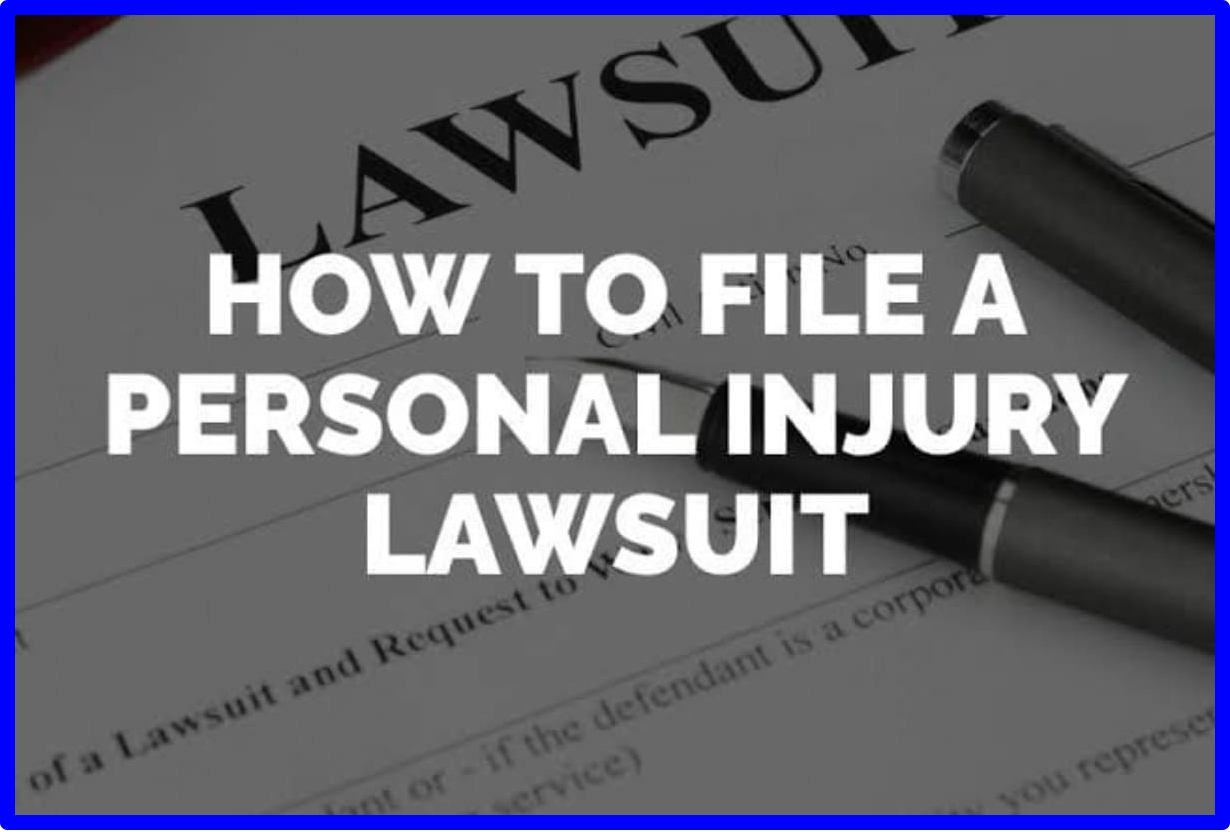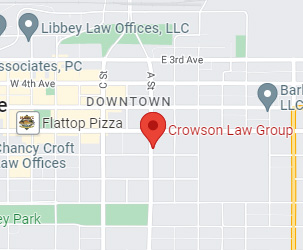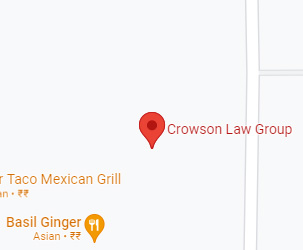How to File a Personal Injury Claim

If you’ve been involved in an accident resulting from negligence, you may be eligible for compensation. Skilled and experienced accident & injury lawyers can help initiate the claims process.
Understanding the basics of the legal system can help you know what to do throughout the claims process. But whatever you do, make sure you’ve hired the best accident & injury lawyers.
The Stages of Personal Injury Lawsuits
Here are the key stages of litigating personal injury claims:
Stage 1: Consultation and Retaining an Attorney
The claims process begins by consulting a personal injury attorney. They assess the merits of your case, and if you decide to move forward, you retain them as your legal representative.
Stage 2: Investigation
Your attorney dives into the investigation. They collect evidence, review medical records, and interview witnesses to build a strong case. This stage is crucial in determining liability and assessing the damages.
Stage 3: Demand Letter
Once your lawyer gets a solid grasp of the case, they will send a demand letter to the at-fault party’s insurance company. This letter outlines your claim, including the extent of your injuries and the compensation you’re seeking.
Stage 4: Negotiation
Most personal injury cases are resolved through negotiation. Your attorney and the insurance company will go back and forth, trying to reach a fair settlement. Negotiations can take time, so you must be patient.
Stage 5: Filing a Lawsuit
If negotiations don’t lead to a satisfactory settlement, your attorney files a lawsuit. This step formally initiates the legal process. The defendant is served with a summons and complaint, and the court sets a timeline for the case.
Stage 6: Discovery
During the discovery stage, both parties exchange information, such as:
- Written questions (interrogatories)
- Document requests, and
- Depositions (recorded interviews).
Discovery helps both sides understand the strengths and weaknesses of the case.
Stage 7: Pre-trial Motions
Before the trial, there may be pre-trial motions, where the attorneys argue legal issues, such as the admissibility of evidence. These motions can shape the trial proceedings.
Stage 8: Trial
If the case doesn’t settle, it proceeds to trial. The attorneys present their arguments, witnesses testify, and evidence is presented. A judge or jury decides the outcome.
Stage 9: Verdict and Judgment
Following the trial, a verdict is reached. If you win, the court issues a judgment for the awarded compensation. If you lose, you have the option to appeal.
Stage 10: Appeals (if necessary)
If the outcome isn’t favorable, you can appeal the decision to a higher court. The appeals process examines legal errors made during the trial, not the facts of the case.
Stage 11: Enforcement
If you win your case and the defendant doesn’t pay the judgment willingly, your attorney may take steps to enforce the judgment, such as wage garnishment or asset seizure.
Personal injury lawsuits can be complex and may take months or even years to resolve. A skilled attorney can help you navigate these stages and increase the chance of a successful outcome.


